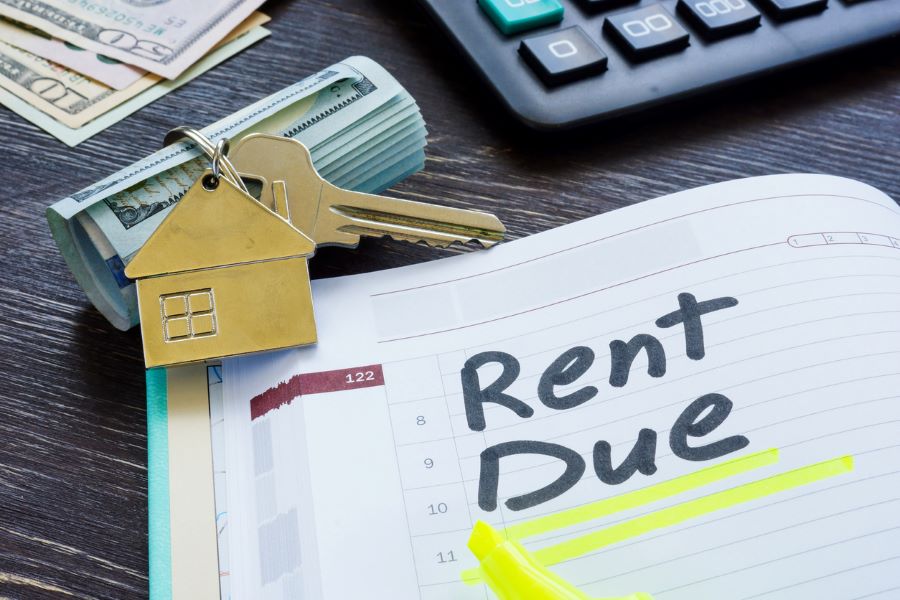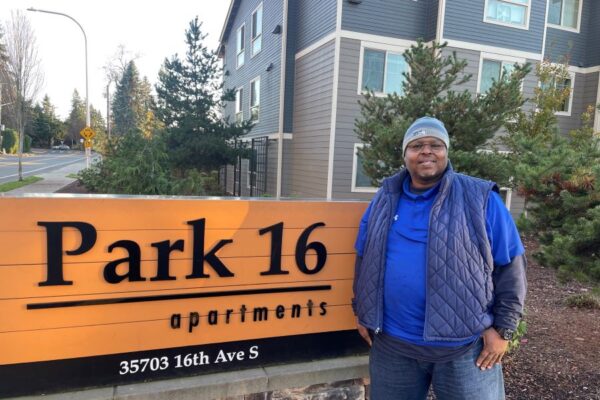Need Rental Assistance? The Bucks Start Here
United Way of King County is leading the way in disbursing much-needed rental assistance to ensure county residents stay housed. In May, King County officials placed United Way in charge of the county’s emergency rental assistance program after the tenant portal closed in February. Since then, United Way has churned out about $1 million a week in rental assistance—the equivalent of about 85 households each receiving nine months of back rent and three months of future rent.
That distribution will continue at least through May of 2023, as additional funds became available in order to serve people on United Way’s rental assistance list. Though being placed on the list in no way guarantees rental assistance payments, it is the first step for consideration.
That means if you’re not already on the list, you need to log on to United Way’s Get Help With Rent page to sign up. United Way launched the list in March after the County’s rental assistance portal closed in order to accommodate only those that could be served with remaining funds. But now the County has served all the folks on its portal; United Way’s list is next.
As the COVID-19 pandemic wore on and eviction moratoriums expired, King County officials turned to United Way, which is versed in getting money out the door quickly to families in need. United Way increased staff size and streamlined operations to keep up with demands. Funds to households range from $8,000-$11,000, depending on family size, and the organization has administered as much as $2.4 million (the equivalent of serving 150 households) in a week. Rental assistance payments go directly to landlords.
“United Way excels at administering direct service programs,” said Jake Janesch, United Way program manager for rental assistance & homeless prevention. “We’re really good at being boots on the ground, getting connected to households and being creative in how we’re serving them.”
“We are working across nine other agencies to get the funds out in the community,” Janesch added. “Each of the agencies is focused on providing case management to families. And United Way is doing both case management and also focusing on communication, payments and grievances. For example, for people who say that they were unrightfully denied, how does our team work to prove they are not eligible for the program or reverse the denial to get them assistance?”
“United Way excels at administering direct service programs. We’re really good at being boots on the ground, getting connected to households and being creative in how we’re serving them.”
Jake Janesch, United Way program manager for rental assistance & homeless prevention
United Way is also collaborating across its different programs in administering rental assistance. Some of the households receiving assistance are students who have been served via United Way’s Bridge to Finish program, which provides college students with resources and services so they can focus on graduating. Others who have received rental assistance were also served though our home grocery program, which connects local food banks, Safeway and DoorDash to provide food to needy families door-to-door.

“We’re making these more holistic, well-rounded services for clients,” said Janesch. “We are also well positioned with a lot of connections with other partner agencies, because we could not do this work alone. Before we took this over, there were about 40 agencies in our communities that were doing rental assistance. From this transition we have really brought in the highest-performing agencies across the county.
“We are also making sure we are bringing BIPOC-led organizations to the table,” Janesch added, “and they’re not just administering funds but providing us with insight with what’s going on, with what they’re hearing from clients, what the needs are and how to streamline the process overall.”
Janesch said that the need for rental assistance remains “super high” and the eviction moratorium expiration means that there are fewer protections for tenants. “The urgency to support households and get rental assistance to them is greater,” Janesch added. “We’re trying to work quickly to get through cases to get money to landlords before the end of the month, before tenants need to pay rent at the first of the month.”





Comments